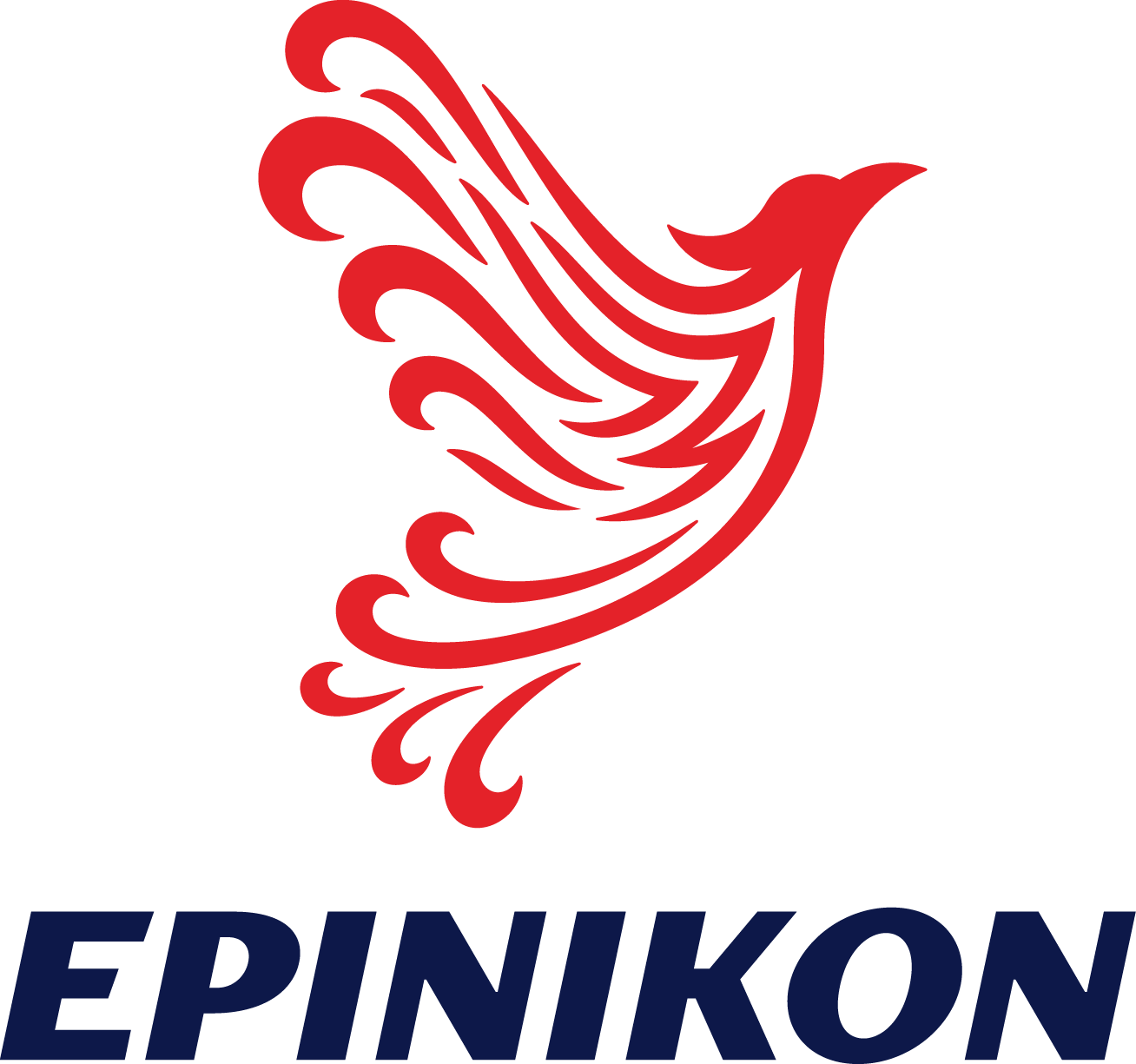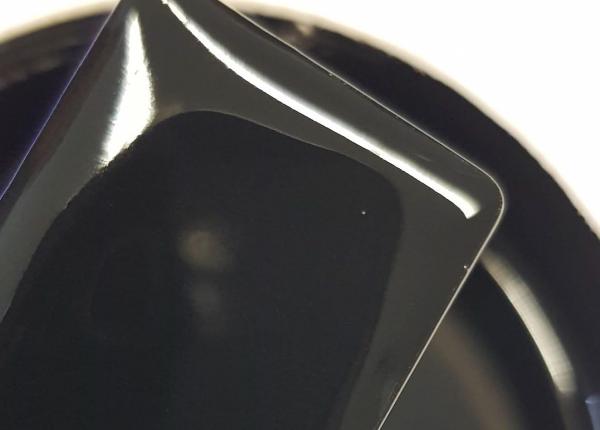Graphene
Use Cases
Graphene
We offer multilayer graphene (GNP) and now also dispersions containing graphene.
Although graphene is produced from graphite, its processing gives it entirely new and exceptional properties. Its high specific surface area and nanometer-scale particle height allow the material to be applied in very thin layers, yet still provide enhanced properties such as strength and coating durability. The material also features a dramatically increased combination of thermal and electrical conductivity—it's actually one of the best thermal conductors available.
Our product range now includes the first graphene-based dispersion—Aquafénix Nano X.
Thanks to their platelet shape, graphene-containing materials have lower thermal contact resistance at lower dosages than standard carbon fibers or nanotubes, resulting in higher overall thermal conductivity of the material.
These materials reduce thermal expansion and increase the temperature range at which the material can be used.
Multilayer graphene is highly conductive and improves the conductivity of most polymer materials without affecting the aesthetic properties of the base material.
Multilayer graphene is thin but relatively wide, making materials less permeable to gases.
This material can simultaneously add several advantageous properties, such as the combination of increased electrical conductivity and material strength, making it advantageous for replacing several raw materials at once.


